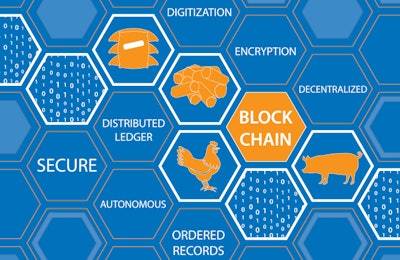
The rise of the “prosumer,” a proactive or professional consumer, has driven the food industry toward new levels of transparency. Prosumers act as brand advocates — or detractors, depending on the circumstances — and make buying decisions based on their “ethics, beliefs and aspirations.” Their clout is rooted in their technological savvy and their ability to leverage social networks to lead the conversation, e.g. social media “influencers,” bloggers, etc.
Read the entire report about transparency in feed production exclusively in the January issue of Feed Strategy.
Prosumers "are out there sharing their perception of what is good and what is not, and they seem to be in control of the discussion, not the manufacturers,” said Aidan Connolly, Alltech’s chief innovation officer. “That creates its own interesting dilemma where someone owns the brand or product, but the image is defined by somebody else.”
What do proactive consumers have to do with livestock feed manufacturing? In the future, perhaps a lot.
While interest in the local farm-to-table food chain has grown in popularity throughout the past decade, the next generation of prosumers will likely want to take commercial exploration of this model a step further: feed-to-farm-to-consumer.
“There is reason to believe that this trend will continue further back into the production chain and will also be applicable in the feed industry,” said Johan den Hartog, managing director, GMP+ International, noting that this level of engaged consumer wants complete transparency.
While the average consumer may not be interested in every minute detail, the demand for transparency is increasingly the norm in some segments of animal agriculture and feed production, e.g. organics.
You'll also learn about:
- 6 challenges facing the global animal feed industry
- How feed extrusion can improve digestibility, safety

















